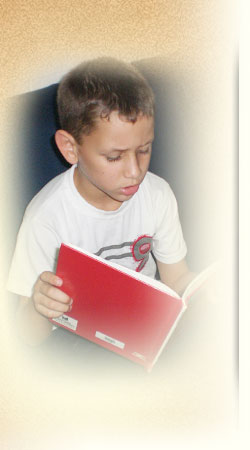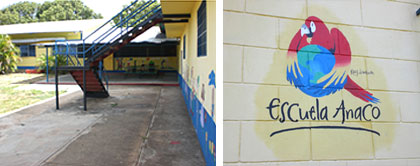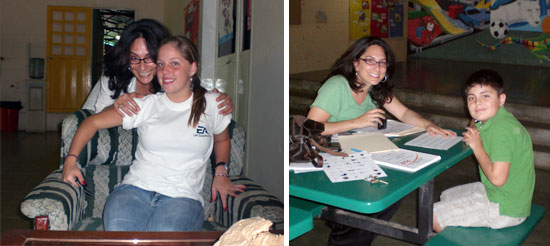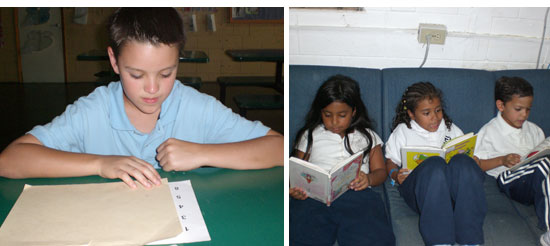My passion for literacy, education, languages and cultures of all regions of the world has fueled my desire to work internationally.

Assessment
EA Focuses on Reading Assessment by William Kralovac @9:50 am.
Filed under Teaching and Learning, Elementary School April 2008

Ms. Joy Koller will be working with our students for the rest of the quarter. Ms. Koller taught here form 1994-1996. She was the Early Childhood Specialist/ESL teacher. Joy was reunited with her former students Kary, Diego and Arqui this week. They have grown a bit since pre-kindergarten! Escuela Anaco was Joy’s first stop in international teacher. Her career has taken her all over the world, her longest stint being at the Singapore American School, which by the way is one of the largest international schools at 3000+ students. Quite a difference from EA. Joy’s career has focused on assisting students with reading difficulties.
Ms. Koller is piloting an assessment and reading program called Predictive Assessment of Reading-PAR http://www.predictiveassessment.com/about_par.asp.
This program was developed by education researchers at Wake Forest University School of Medicine in cooperation with the Winston-Salem Schools in North Carolina, USA. PAR synthesizes over 20 years of research and was funded by the National Institute of Health ( www.nih.gov).
In the last four years it has been administered to over 14,000 students in 10 states across the USA. PAR is a 15 minute test that can be done on a computer.
The students will be doing tests in English and in Spanish. The test does the following:
1) Measures a learner’s current level of reading skills.
1.1) Calculates an accurate prediction of present and FUTURE reading.
1.2) Tells what particular extra skill training each child needs.
PAR tests four basic skills that every child needs in order to learn to read and to keep growing in reading skills. These reading skills can be used in every subject, so it is a good assessment for overall academic ability.
- 1) Letter Word Calling - This is looking at a word and pronouncing it correctly either by sight (just knowing it) or by “sounding it out.”
2) Picture Naming Vocabulary - This is looking at a picture of an object and saying the name of the object. It’s a good way to measure a child’s overall vocabulary or knowledge of word meanings. Vocabulary is the foundation of language itself and is essential for growth in reading beyond grade 1.
3) Phonemic Awareness - Understanding the individual sounds in a word. If a child has trouble learning to read, it’s usually because of trouble with the sounds in words. The child may be able to hear and pronounce words correctly, but have difficulty taking the word apart into its individual sounds-for example, being able to say “ark” when asked to say “mark” without the “mmm” sound.
4) Rapid Naming Fluency - Quickly naming a string of familiar items on a page, such as a series of numbers or letters.
We are aiming first to test all students in English and Spanish from grades K through 3. We will then move on to grades 4 - 6 if possible. Our on line data base is set up for results analysis up only to grade 3, and extra work needs to be done for the higher elementary grades. Parents and teachers will have access to their student or child’s data and reports.
Parents are invited to talk with Joy any time. She has a temporary work station set up in our main Media Lab. Thanks Joy for coming back and sharing your expertise with us!!!!!!!


